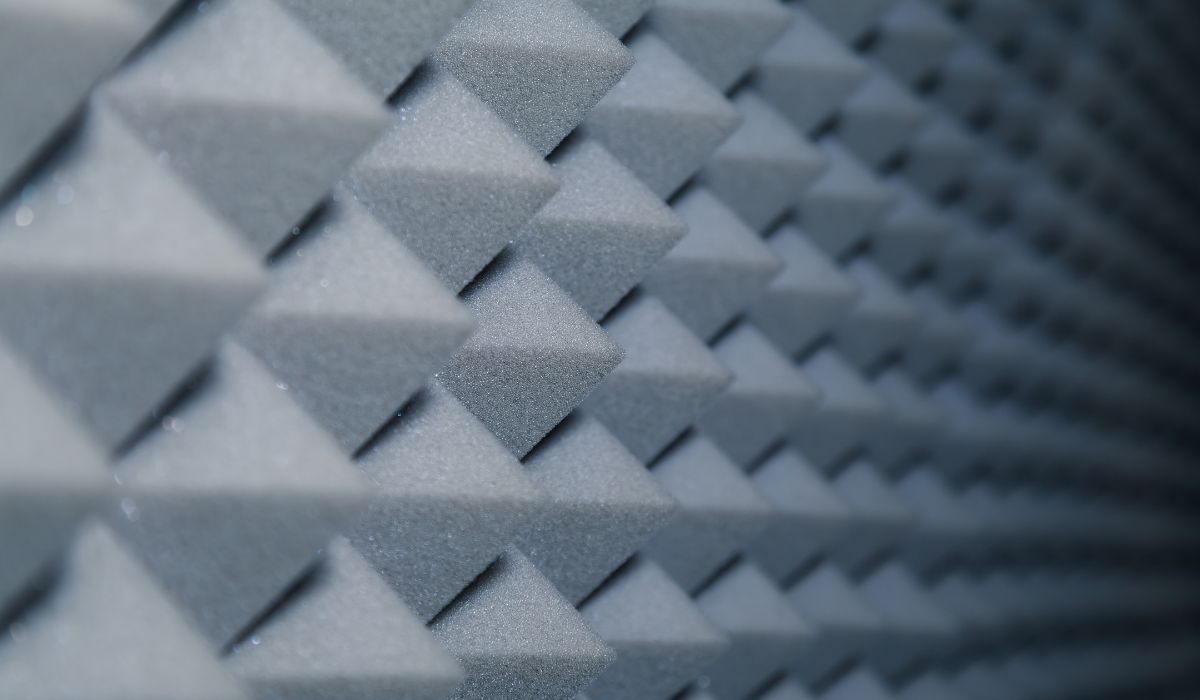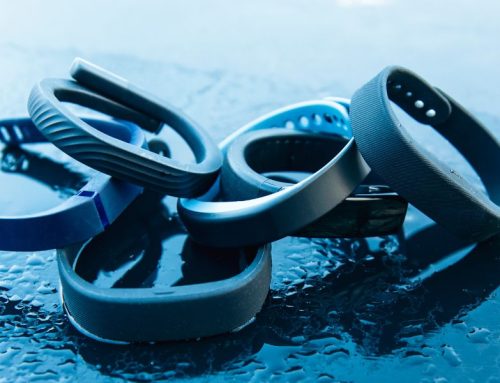Foam is a versatile product that offers medical device manufacturers a wide range of options to include in their equipment designs. Engineers can use foam to absorb liquid, maintain seal integrity, filter the passage of air into and out of products, cushion, insulate, or support weight. Foam for medical manufacturing comes in closed-cell foam, open-cell foam, and reticulated foam, which can be heated, compressed, and laminated to change character.
Customizing Foam for Medical Uses
Foam can be customized to take on multiple different properties, such as shape retention, absorbency, porosity, density, and water resistance. The use of additives creates special characteristics, including bacterial resistance, flame retardance, liquid repellence, and UV radiation resistance. Foam can also be impregnated, coated, or surfaced with laminates, foils, and films to change its color or increase its resistance to dust, dirt, oil, and surface abrasion.
Here are some of the ways manufacturers can use foam in the production of medical equipment.
1. Packaging
Foam components are not only used in surgical device packaging but they can also be used to protect orthopedic devices until they are surgically implanted in a patient. Most medical devices, from electronic equipment to instruments, require sturdy, supportive packaging that protects their working parts and maintains sterility where required. International standard ISO 11607 was introduced in 2006, and has become the guideline for medical device packaging.
2. Testing Materials
Foam components are used in a number of diagnostic and testing materials used by medical practitioners. For example, specially-cut polyurethane foam is used in oral swabs used by dentists, so they aren’t abrasive enough to harm patients’ mouths and gums.
3. Support Products
Foam plays a significant role in many supportive medical supplies, including bed wedges, bed pads, wheelchair seating, orthopedic brace and support components (e.g. pads for ankle, knee, back, and neck braces), contoured foam rings, and positioning pads for surgical and diagnostic procedures.
4. Wearables
As wearables become more widely used in the medical field, foam is coming into its own as a flexible, lightweight, and customizable design component. Sensors composed of polypyrrole-coated polyurethane foam work because the material displays a piezo-resistive reaction when it’s exposed to an electrical current. The use of this polymer-coated foam for medical manufacturing is attractive for wearable-sensing, due to the sensor’s retention of desirable mechanical properties similar to those exhibited by textile structures.
5. Personal Protective Equipment
Personal protective equipment (PPE) has always been essential in medical environments, but since the onslaught of the COVID-19 pandemic, usage has increased exponentially. Since medical personnel are now required to wear it for much longer periods, PPE must not only protect but be comfortable, too. PPE manufacturers are increasingly looking to medical grade, closed-cell, low-density foams that comply with the ISO 10993-10 protocols for direct skin contact. These products are durable, moisture resistant, and seal out light, air, dust, and water, making them ideal for any medical consumables involving skin contact.
Choosing Foam for Medical Supplies and Equipment
The primary choices of foam for medical purposes are:
- open-cell polyurethane foam for cushioning, because of the level of comfort and support it provides, and
- polyethylene foam, a resilient closed cell foam that has great shock absorption and resistance to bacteria and mold.
These types of foams can be used for everything from mattresses to medical cushions, pillows, wheelchair pads, pieces for orthotics bed rail pads, and fall injury prevention mats.
For more information on the types and value of using foam for medical manufacturing, please contact us at 810.376.2085.



